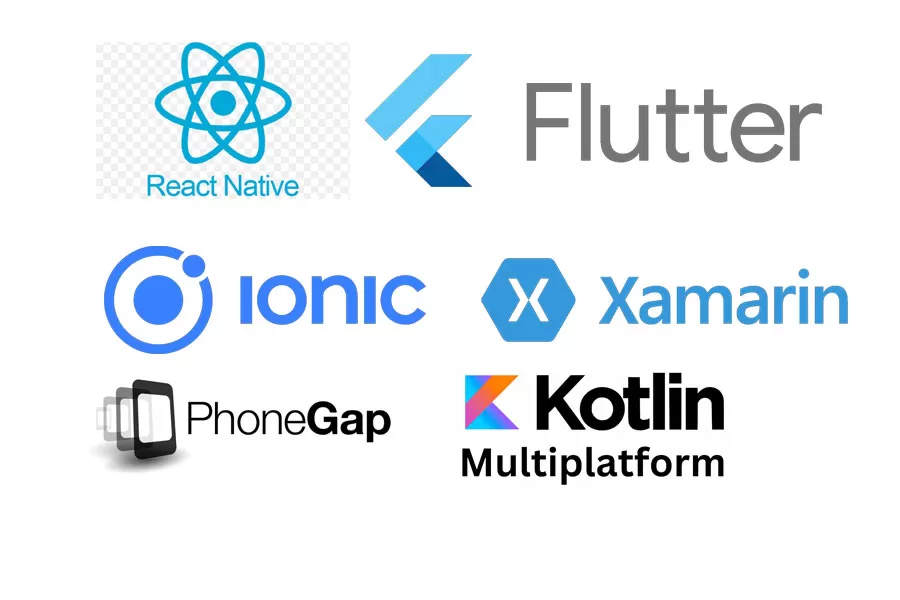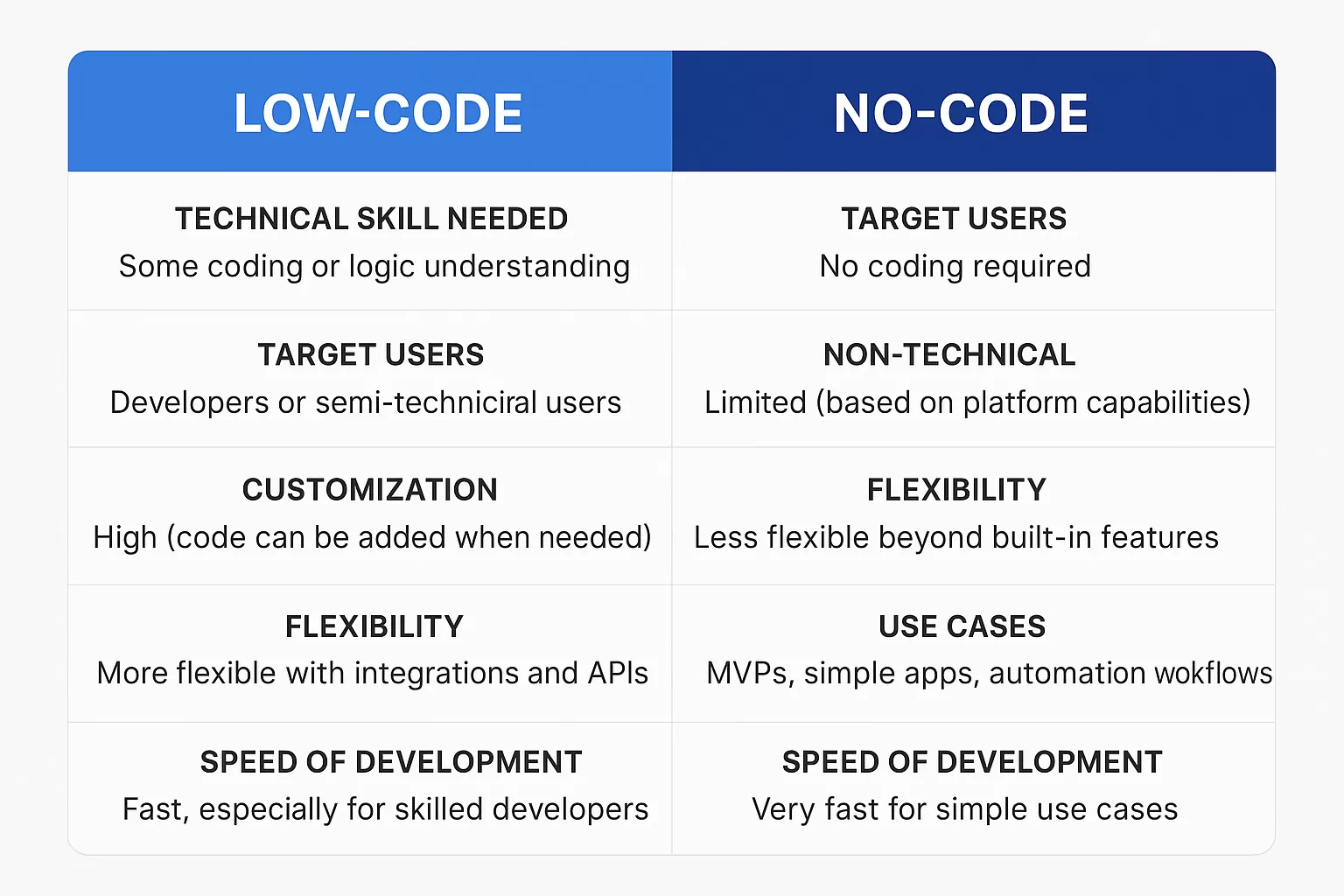
- Services .
- Industries .
- Company .
Explore detailed insights, expert opinions, and updates in our blog. Stay informed, discover new perspectives, and enhance your knowledge with every read.

In the digital age, a custom web application can be the difference between a startup that disrupts the market and one that fails to take off. While off-the-shelf solutions may seem appealing due to lower upfront costs, they rarely provide the flexibility and competitive advantage that custom web development offers.
This guide is specifically crafted for startup founders who are looking to build scalable, robust, and user-centric web applications. Whether you're in fintech, healthtech, edtech, or any other emerging industry, understanding the custom development process is critical for your success.
Custom web applications are designed specifically to meet the unique needs of your business. Unlike generic platforms, they offer:
Scalability: Grow as your business grows.
Security: Built with your compliance and protection needs in mind.
User-Centric Features: Designed for your specific audience and use cases.
Efficiency: Automate operations and streamline workflows.
For startups, custom apps can become a core product offering or a critical tool for operations, making early investment in the right development path crucial.
Startups operate under constraints like limited resources, time-to-market pressure, and the need for rapid iterations. Your web app should:
Validate a concept quickly (MVP)
Be built with feedback loops for iterative growth
Use modern and future-proof technologies
Offer seamless integration with third-party services
Let’s walk through each stage in detail.
This phase includes:
Market research
Competitor analysis
User persona definition
Feature requirement gathering
Here, we define:
Project roadmap
Core features for MVP
Tech stack
Team roles
UI/UX experts build wireframes, interactive prototypes, and user flow diagrams. Tools like Figma or Adobe XD are often used.
This phase involves:
UI design
Color schemes, typography, and branding elements
Design system creation
Includes:
Frontend (React, Vue, Angular, etc.)
Backend (Node.js, Django, Laravel, etc.)
APIs and microservices
Real-time features (WebSockets, push notifications)
Involves:
Manual testing
Automated testing
Performance & load testing
Bug tracking
Using platforms like AWS, Azure, or Vercel. CI/CD pipelines are essential for streamlined rollouts.
Includes:
Bug fixes
Feature enhancements
System monitoring
Scaling support
Your stack determines speed, scalability, and security. Popular combinations include:
Frontend: React.js, Vue.js, Next.js
Backend: Node.js, Django, Ruby on Rails
Database: PostgreSQL, MongoDB, MySQL
Hosting: AWS, Heroku, DigitalOcean
DevOps: Docker, Kubernetes, Jenkins
Consider:
Developer availability
Community support
Future scalability
Great design translates to better engagement and retention. Key principles:
Mobile-first design
User flow optimization
Accessibility (WCAG compliance)
Branding consistency
Interactive feedback
Best for startups due to:
Fast iterations
Continuous feedback
Flexibility in changing scope
Great for teams working in sprints with regular reviews and planning.
Good for ongoing tasks and post-launch support.
Factors influencing cost:
Scope & features
Team size
Location of development team
Tech stack
Integration complexity
Typical ranges:
MVP: $15,000 – $50,000
Full-fledged app: $50,000 – $200,000+
Plan for:
Initial build
Marketing tech
Support & updates
Hosting & third-party services
From day one, design with scale in mind:
Use microservices or modular architecture
Database sharding or read replicas
CDN integration for media
Load balancers
Performance monitoring (New Relic, Datadog)
Startups must safeguard user data:
HTTPS, SSL encryption
Secure coding practices (OWASP)
Data encryption at rest and in transit
Authentication (OAuth 2.0, JWT)
Compliance: GDPR, HIPAA, PCI-DSS depending on industry
Types of testing:
Unit testing
Integration testing
End-to-end testing
Usability testing
Regression testing
Tools: Jest, Selenium, Postman, Cypress, BrowserStack
Modern deployment strategies ensure reliability:
CI/CD pipelines
Blue-green deployments
Docker and containerization
Infrastructure as Code (Terraform, Ansible)
Platforms: AWS, Google Cloud, Azure, Netlify, Vercel
Launch is just the beginning:
Fix bugs quickly
Monitor user behavior
Release updates regularly
Maintain infrastructure
Support user queries
Support types:
Technical maintenance
Feature scaling
Performance optimization
Evaluate vendors based on:
Portfolio in startup products
Agile and DevOps expertise
Transparent communication
Proven UX/UI design capabilities
Flexibility with scaling teams
Questions to ask:
Do you have experience with MVPs?
What’s your QA process?
Can you support post-launch scaling?
Overengineering the MVP
Ignoring user feedback
Skipping QA
Choosing the wrong tech stack
Not planning for scalability
Underestimating maintenance needs
Poor vendor communication
A well-planned and executed custom web application can propel your startup to success. Whether you’re validating a disruptive idea or building a full-scale product, your web app must reflect your vision, user needs, and future growth goals.
Partnering with the right web and app development company can make all the difference—from refining your concept to delivering a scalable, secure, and high-performing application.

How to Economically Hire Web and Mobile App Developers

Cross-Platform App Development Guide for Startups

AI in Foreign Policy: Transforming Global Diplomacy

How AI and 5G Are Reshaping the Future of Telecom

How AI Is Shaping the Future of Entertainment Content

Solving Tech Debt: Smart Strategies That Boost Growth

Software Developer vs. Software Engineer: What’s the Difference?

Low-code vs. no-code app development

What Is Digital Transformation? A Modern Business Guide

Top Challenges in Enterprise Application Development & Their Solutions